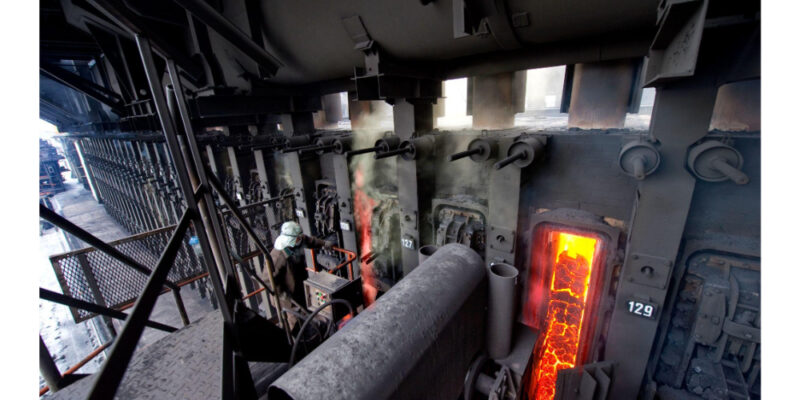Fire is one of the most dangerous emergencies a vessel can face at sea. With no direct access to land-based emergency services, ships rely entirely on onboard safety systems, trained crews, and industry-standard protocols to respond effectively. The marine sector has developed robust measures for marine fire safety and marine fire protection, combining prevention, detection, and rapid response to reduce the risk of disaster.
Recognising the Sources of Fire Hazards
Ships carry multiple potential ignition sources. Engine rooms store flammable fuels and lubricants, while galleys use high-heat cooking equipment. Electrical faults, welding during repairs, and the transport of hazardous cargo all contribute to elevated fire risks. Identifying these hazards allows vessel operators to implement targeted prevention strategies, ensuring the right systems are in place for each type of risk.
Following Strict International Regulations
Marine fire safety practices are anchored in global standards such as the International Convention for the Safety of Life at Sea (SOLAS). These regulations define minimum requirements for detection equipment, suppression systems, and crew training. Compliance is not optional, it is essential for the safety of the crew and cargo. Regular inspections confirm that fire protection systems remain operational and meet all legal standards.
Implementing Advanced Detection Technologies
Early warning is critical to controlling a fire before it spreads. Ships today use advanced smoke, heat, and flame detection devices connected to central monitoring stations. These systems can identify the exact location of an incident, enabling crew members to respond without delay. In some cases, detection systems are linked directly to automated suppression mechanisms for faster containment.
Equipping Vessels with Effective Suppression Systems
Different parts of a ship require different fire suppression methods. Engine rooms may use fixed gas suppression systems, such as CO₂ or inert gases, while cargo holds might use water mist or foam solutions. Portable extinguishers are distributed across the vessel for immediate use in smaller incidents. The success of marine fire protection measures depends on proper installation, regular testing, and crew familiarity with the equipment.
Ensuring Crew Preparedness Through Training
Even with the most advanced technology, crew training remains the backbone of fire safety. Regular drills ensure that every person on board knows how to operate suppression systems, wear protective gear, and follow evacuation procedures. A well-trained crew can act quickly to contain fires, minimising damage and protecting lives.
Learn More: How Infrared & AI Reduce False Fire Alarms
Maintaining Equipment for Reliability
Fire safety systems must be maintained to function effectively in an emergency. This includes routine inspections of alarms, suppression systems, and protective equipment. Extinguishers must be fully charged, hoses must remain in good condition, and detectors must be cleaned and tested periodically. Scheduled maintenance ensures that no part of the system fails when it is most needed.
Designing Spaces for Fire Resistance
Shipbuilders integrate fire-resistant materials and structural designs to slow the spread of flames and smoke. Passenger and crew areas are equipped with clearly marked escape routes, while cargo holds are arranged to separate flammable goods from other shipments. These measures support other marine fire protection systems by providing more time for response and evacuation.
Integrating Fire Safety into Daily Operations
Prevention is an ongoing responsibility. Safe practices during maintenance, careful handling of fuel and chemicals, and strict housekeeping standards in galleys all reduce the risk of ignition. Crew members are encouraged to report hazards immediately, ensuring that risks are addressed before they escalate into emergencies.
Advancing Through Innovation
The marine industry continues to adopt new technologies to improve fire safety. Thermal imaging cameras, automated firefighting drones, and enhanced monitoring systems are being introduced on modern vessels. These innovations provide earlier detection, faster response times, and more effective suppression, strengthening overall safety at sea.
A Commitment to Safety at All Levels
Marine fire safety is the result of coordinated efforts between vessel operators, safety equipment manufacturers, and regulatory bodies. From hazard identification to emergency response, each step in the process is designed to protect not just the ship and its cargo but, most importantly, the lives on board. With the right systems, training, and commitment, the industry continues to improve its ability to manage and prevent fire hazards at sea.
For more information about smoke alarms, contact Atlas Technologies Corporation today.








Comments